Blog Details
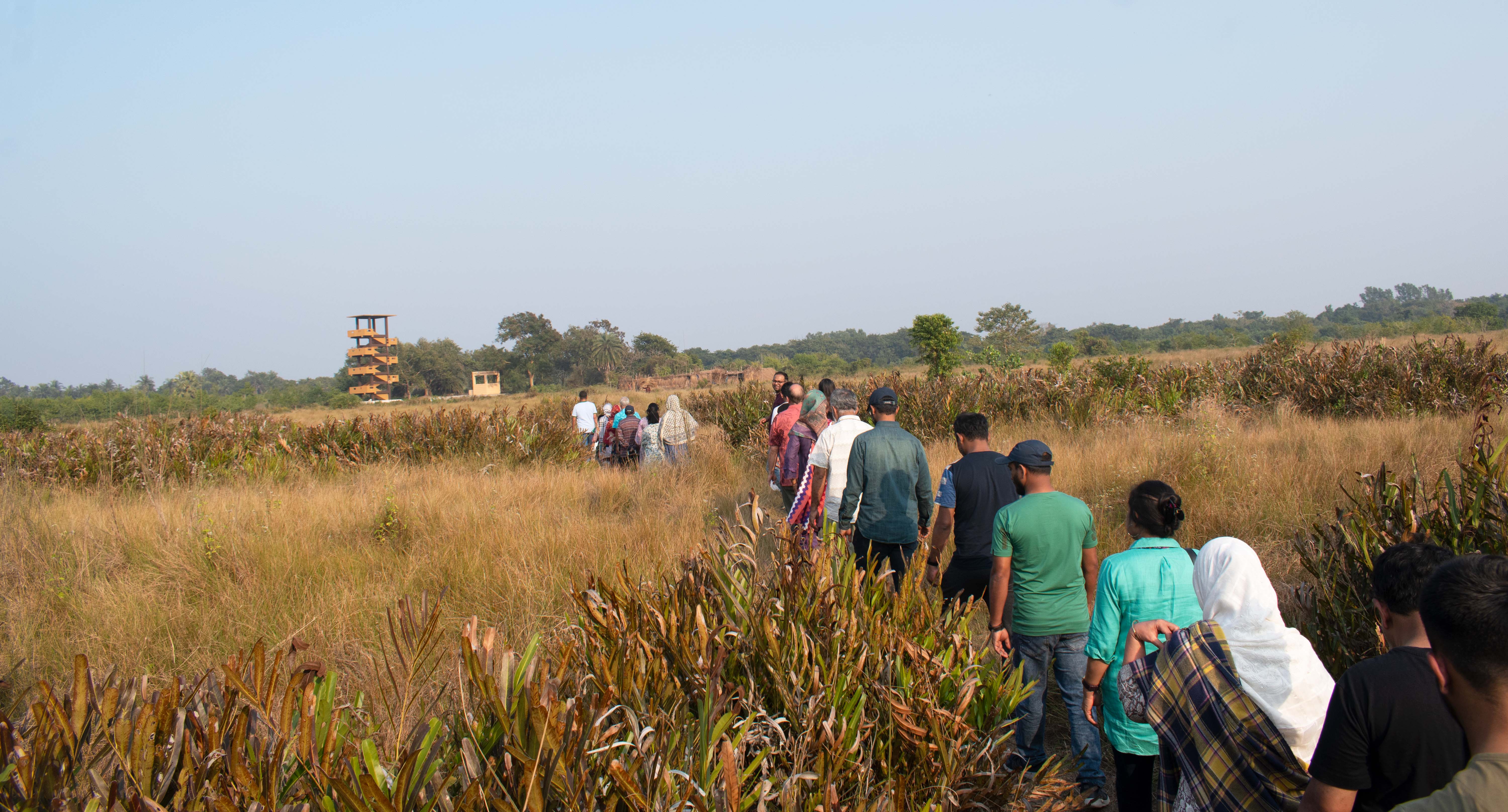
10 European ski destinations you should visit this winter
Lorem ipsum dolor sit amet consectetur. Ut parturient aliquam. Mauris felis purus morbi facilisis. Lorem ipsumoi dolor sit amet consectetur adipiscing elit eiusmod tempor incididun...
The Magical Sundarban Forest
The Sundarbans is a land of wonder where nature whispers its ancient secrets through tidal rivers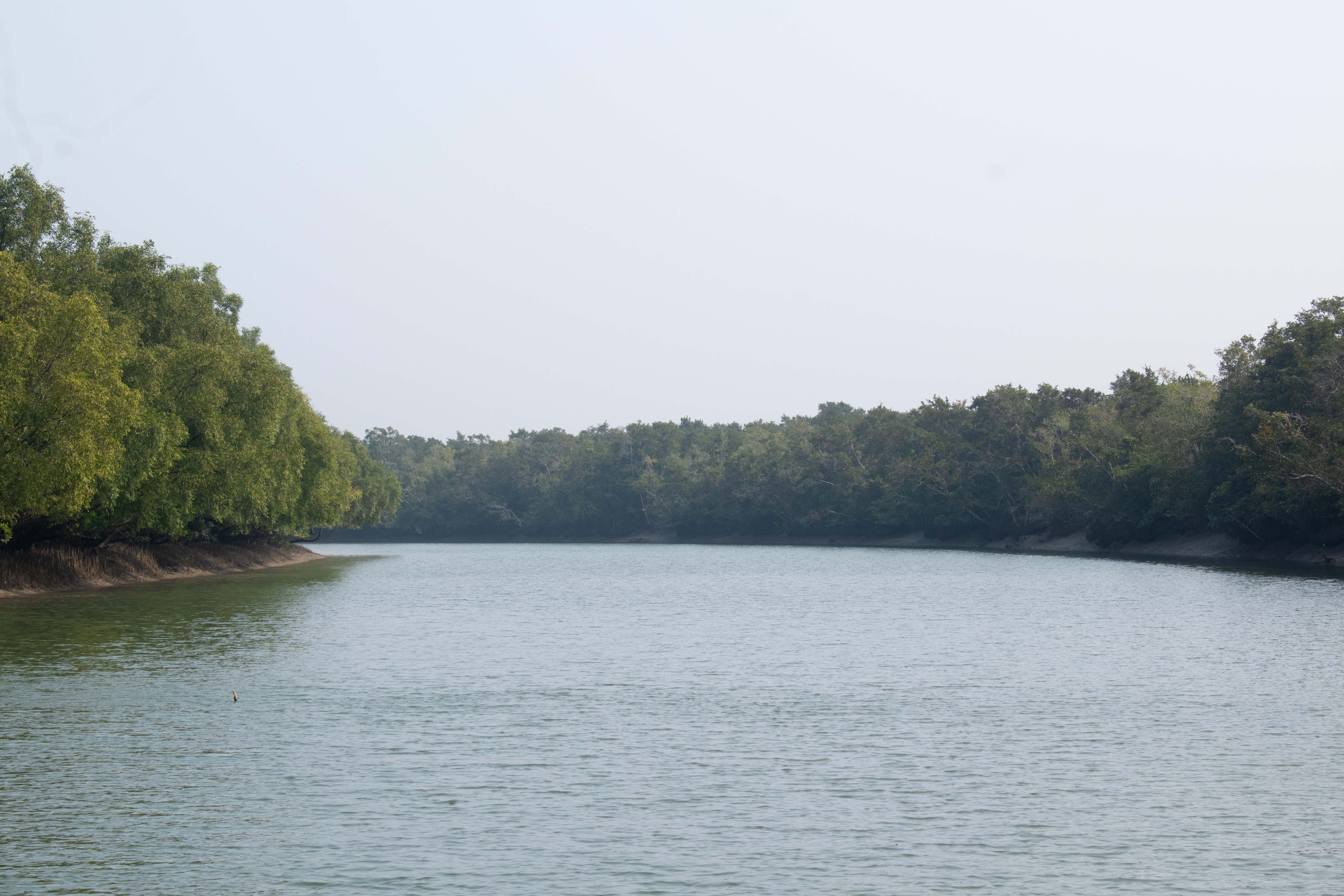
Two Colorful Stars of the Mangroves
The Sundarbans, the world’s largest mangrove forest, is not only a sanctuary for the majestic Bengal Tiger but also a paradise for bird enthusiasts. With more than 300 bird s...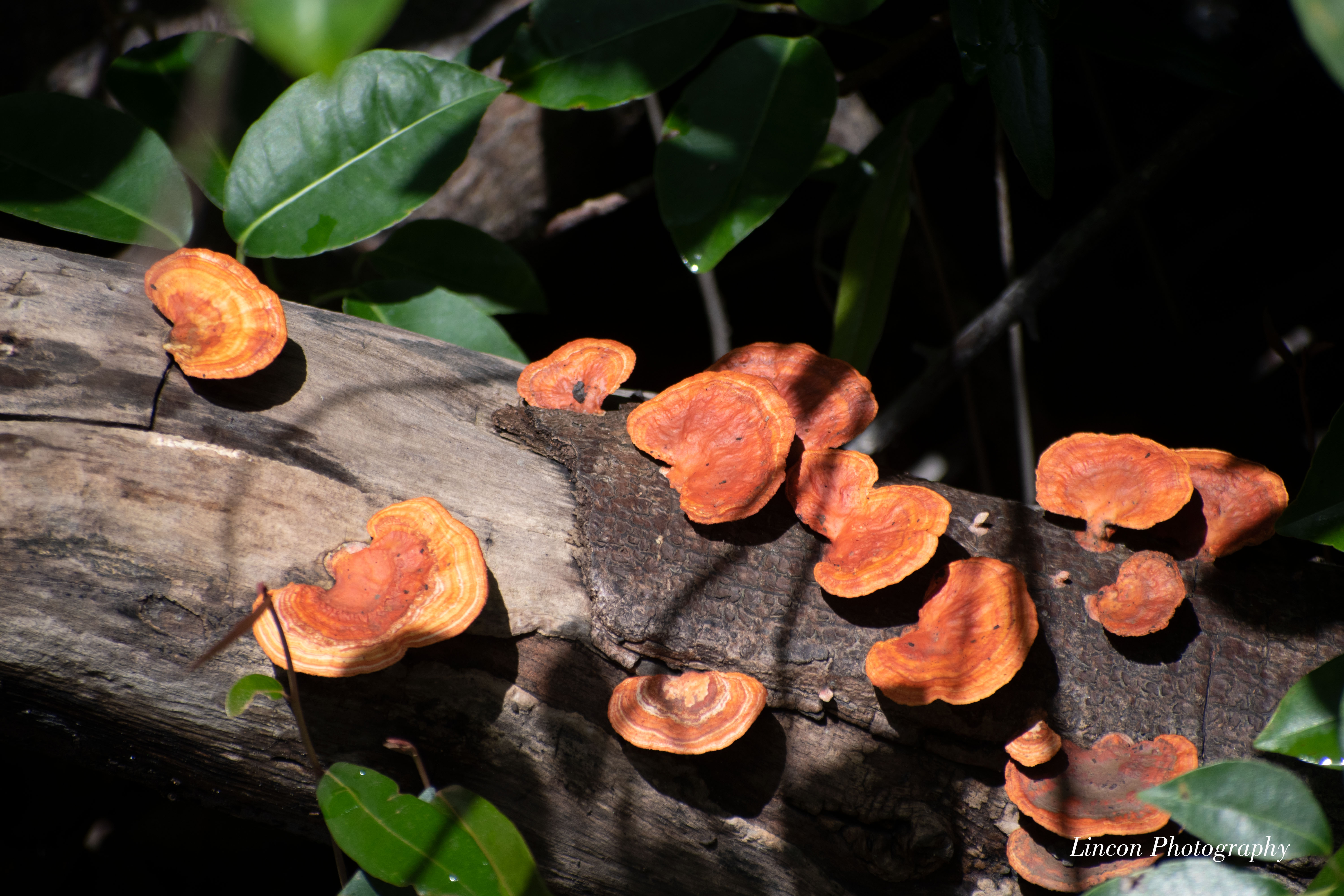
hdfgfdfdgfd
gdfgdfgdfdffdgdfggfdgdfgdfgdfgdfgdggd
Dubla Islan: Life of the the fishermen
Dubla Island, located at the southern edge of the Sundarbans where the Bay of Bengal meets the largest mangrove forest on Earth, is a world of its own—remote, raw, and breath...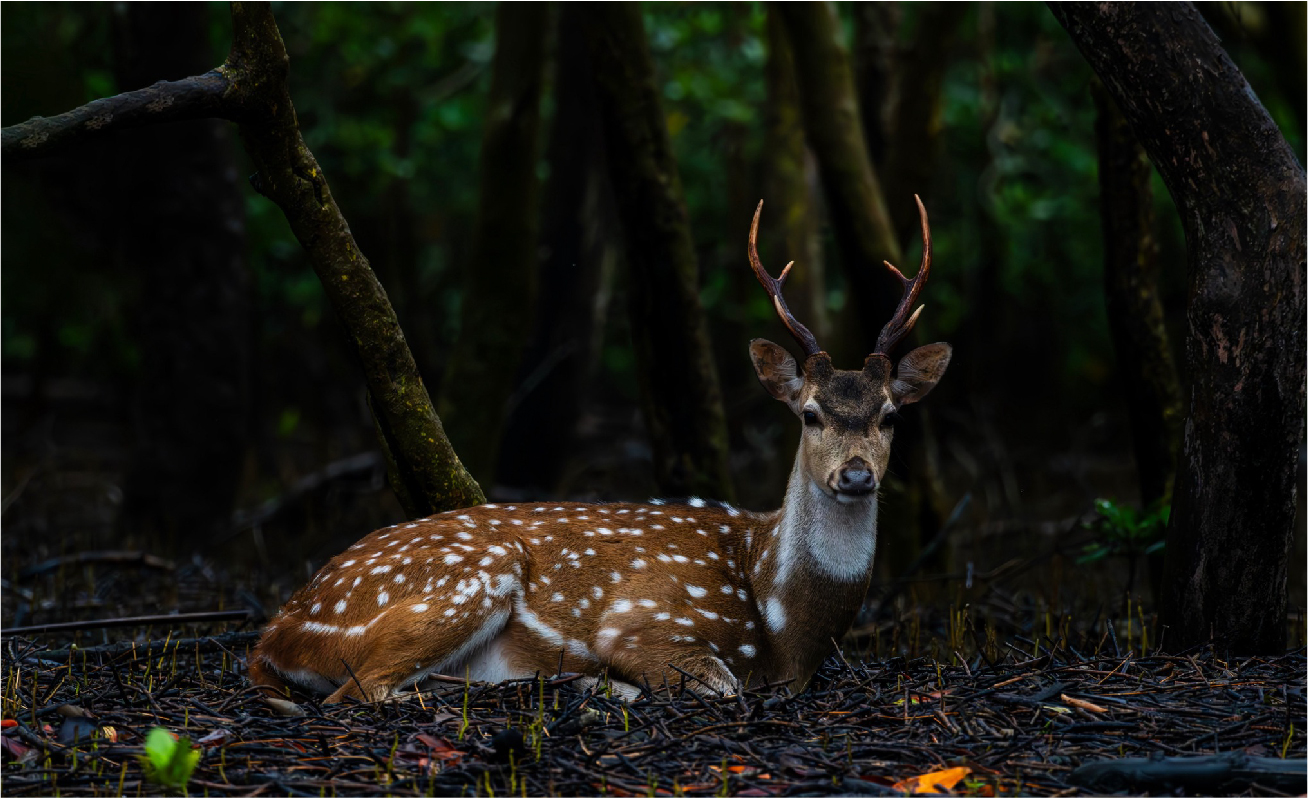
Spotted Deer: The Jewel of the Sundarbans
tredtrtyrfyt yfgyuttf ytff
Kalabogi: The untold sorrows
dsfujfhg fjhfigd odfiijgSearch
Categories
Latest News
-

Kalabogi: The untold sorr...
31 Oct 2025 -

Spotted Deer: The Jewel o...
31 Oct 2025 -

Dubla Islan: Life of the...
31 Oct 2025
Our Projects
Archives
Popular Tags

Two Colorful Stars of the Mangroves
The Sundarbans, the world’s largest mangrove forest, is not only a sanctuary for the majestic Bengal Tiger but also a paradise for bird enthusiasts. With more than 300 bird species recorded, this UNESCO World Heritage Site offers a haven for both resident and migratory birds. From the graceful Brahminy Kite gliding above the creeks to the tiny sunbirds feeding on wild blossoms, the Sundarbans present a vibrant and diverse avian world. Among these feathered treasures, the Velvet-fronted Nuthatch and the Mangrove Pitta stand out for their unique beauty and fascinating behavior.
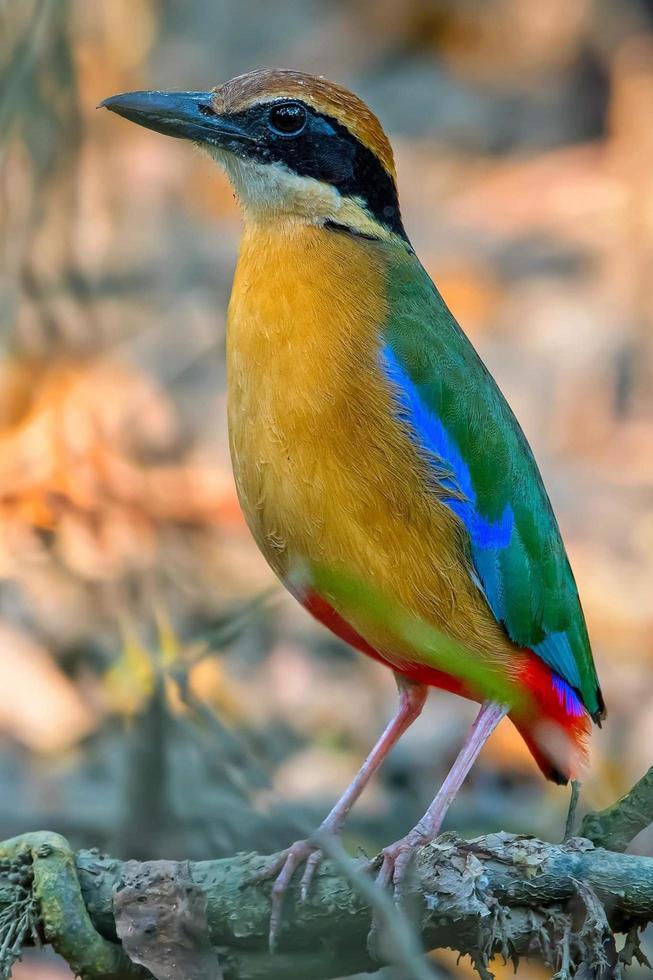
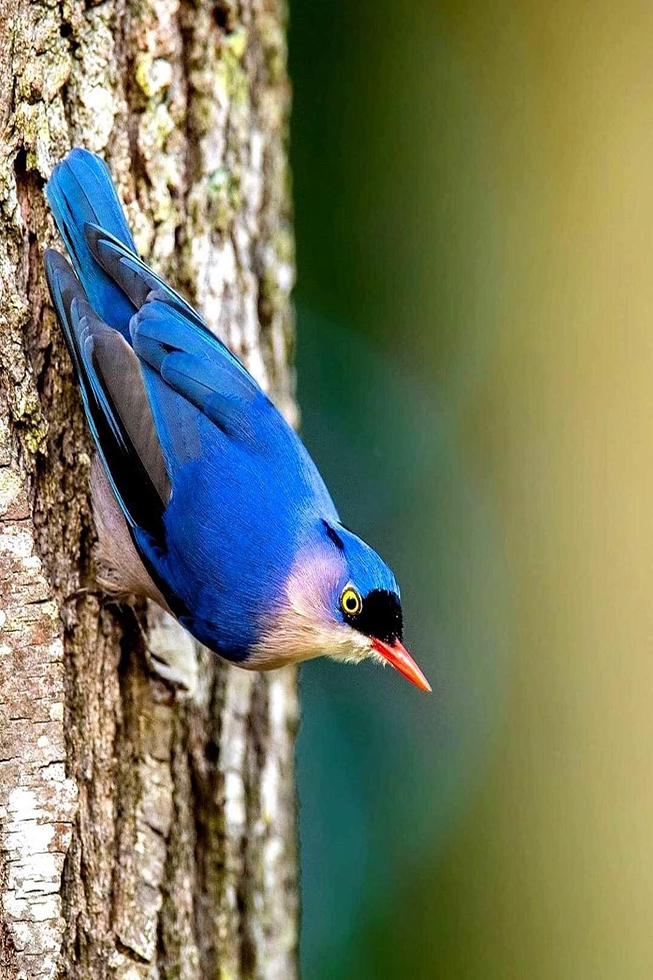
The Velvet-fronted Nuthatch (Sitta frontalis) is a small yet striking bird often found clinging to tree trunks and branches in search of insects. True to its name, this species sports a distinctive velvety-blue crown with a contrasting black stripe through the eye, blending beautifully with its purplish-blue wings and pinkish underparts. Agile and acrobatic, it moves in every direction—upside down, sideways, and swiftly along the bark—probing crevices for food. Though common in forested areas across South and Southeast Asia, spotting it in the Sundarbans feels like discovering a little gem against the green mangrove canopy.
The Mangrove Pitta (Pitta megarhyncha), on the other hand, is a rare and elusive resident of the Sundarbans. Known for its vivid plumage, it dazzles with a blend of green back, chestnut crown, bright blue wings, and a coral-red belly. This ground-dwelling bird prefers the dense mangrove thickets and muddy forest floor, where it forages for crabs, insects, and small mollusks. Its loud two-note whistle often gives away its presence before it is seen, as it remains shy and well-camouflaged among the roots and shadows. For birdwatchers, catching a glimpse of the Mangrove Pitta is a prized experience—one that embodies the mysterious charm of the Sundarbans.
- Tags:
- Birds
- Aviary
- Mangrove birds
Lincon Mondal
About AuthorLincon Mondal is an eco-tour guide and passionate nature lover from Bangladesh, dedicated to showcasing the true beauty and biodiversity of the Sundarbans. He works to promote authentic ecotourism while preserving the forest’s rich wildlife and local culture.
Leave A Comment
No comments yet. Be the first to comment!
Search
Categories
Latest News
-

hdfgfdfdgfd
13 Oct 2025 -

Two Colorful Stars of the...
02 Sep 2025 -

The Magical Sundarban For...
17 Aug 2025